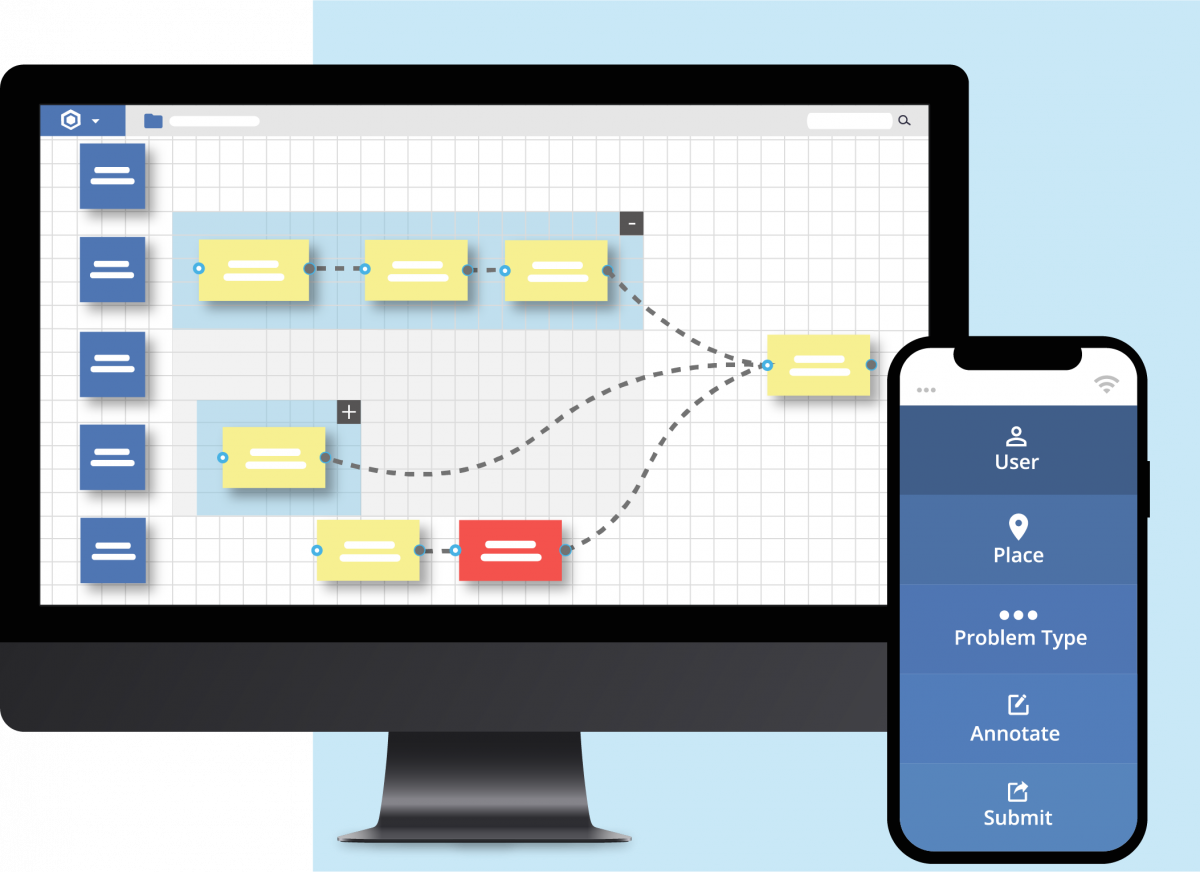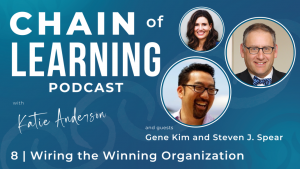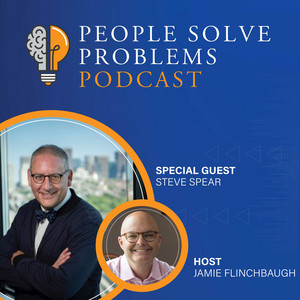World-Class Organizations Use See to Solve




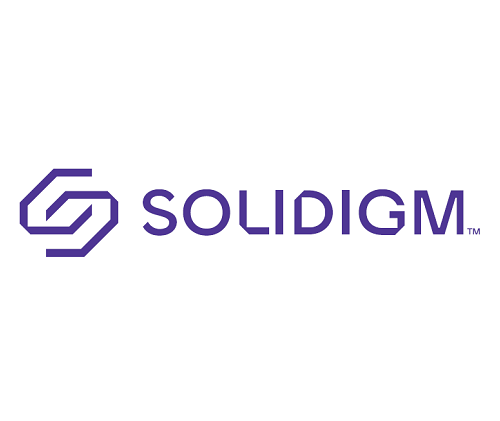
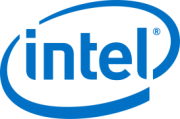

You’re Never Done Improving
With See to Solve, you have the tools you need to continuously improve your processes and respond effectively and efficiently.
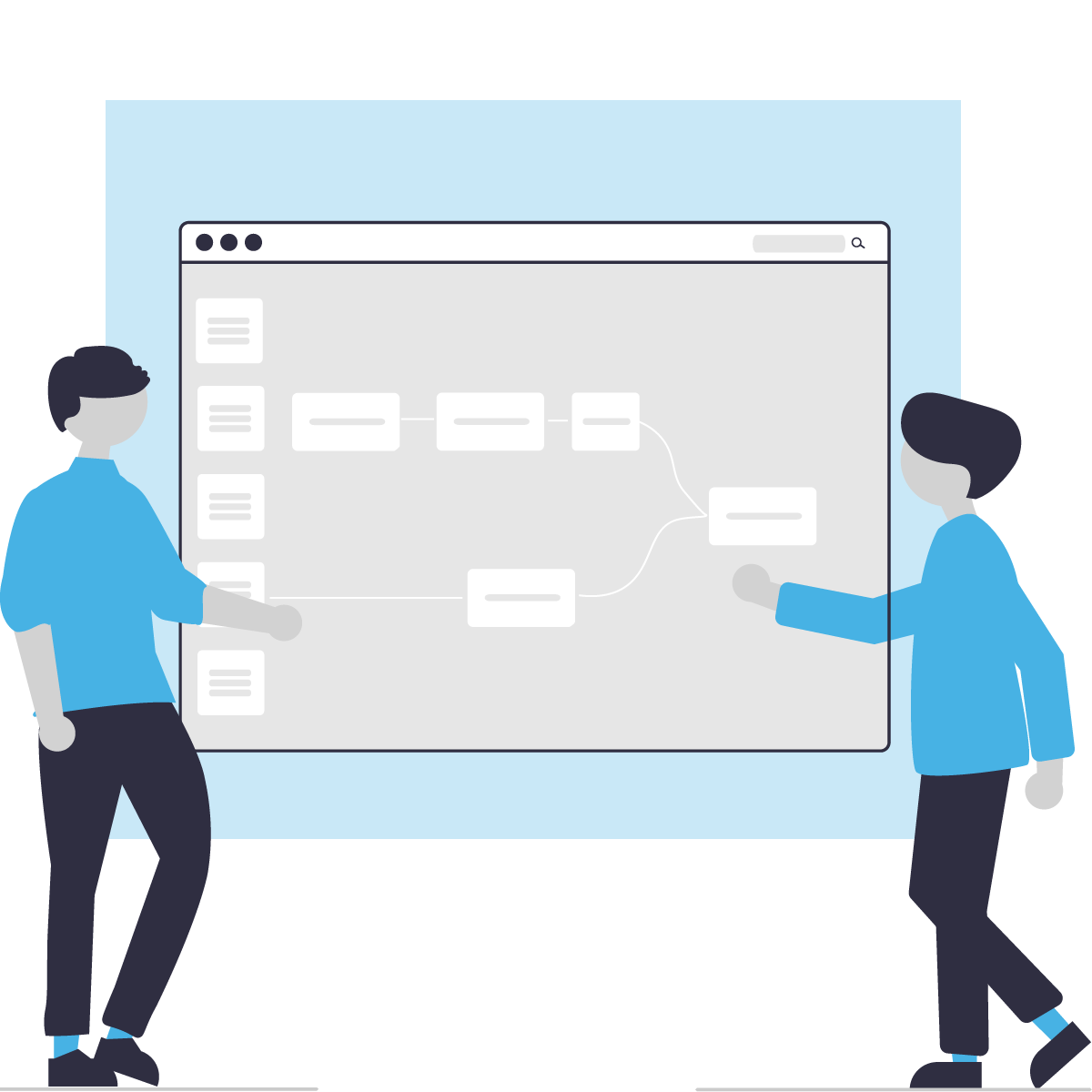
Collaborative visual process mapping as a clear blueprint for what should happen
Map out clearly, quickly and comprehensively WHO is responsible for WHAT tasks and HOW they interdepend, with See to Solve Flow™.
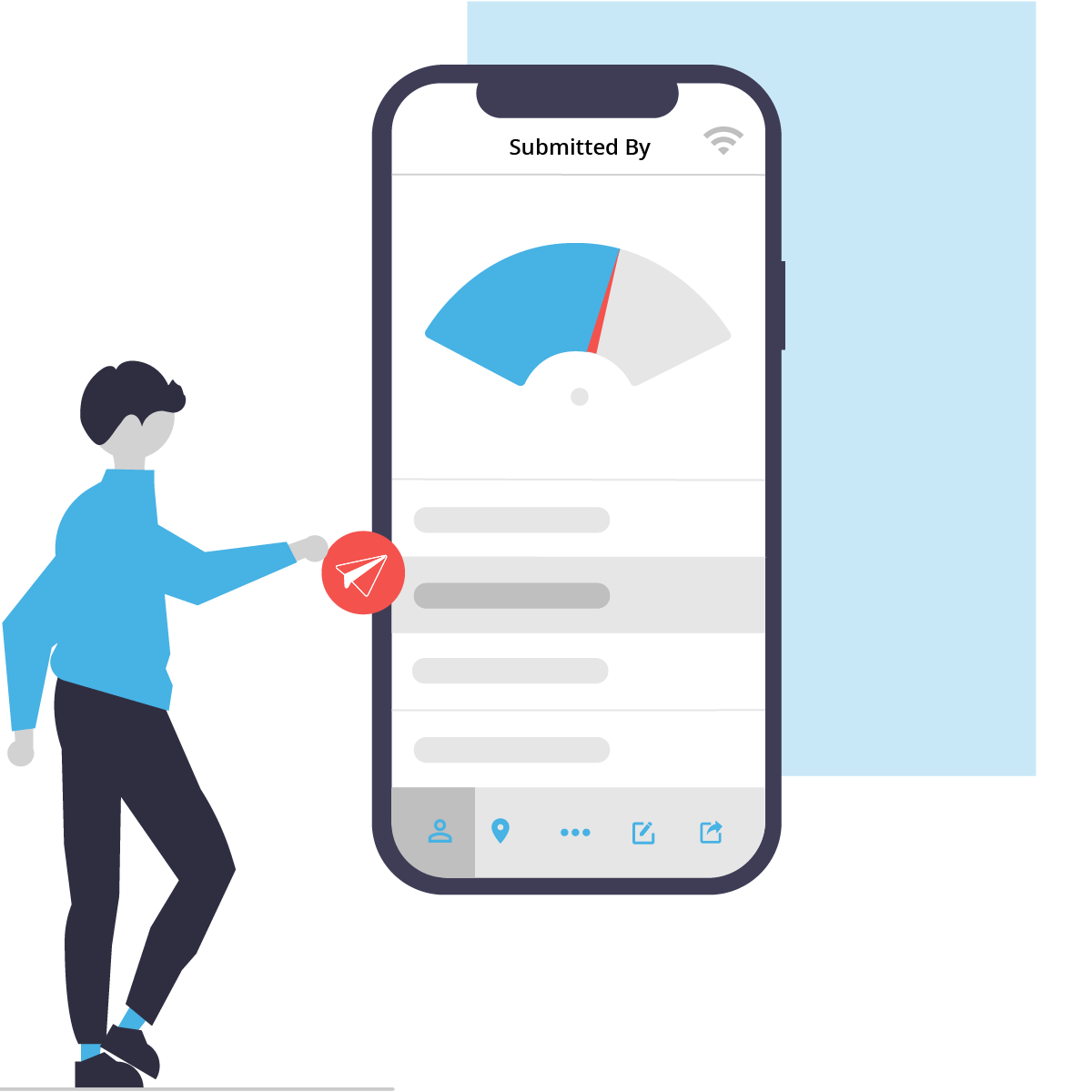
Fast feedback for when things don’t go according to plan
Get instant visibility on process failures , before they recur and spread, with See to Solve Alert™.
Enterprise Solutions
Use See to Solve standalone in the cloud or, integrate with existing enterprise systems.
The Cost of Ignoring Small Problems
Hospitals
300k
Avoidable fatalities
Commercial Aviation
$25B
Cost of flight delays
Navy Aircraft Carriers
8 in 9
Delayed return to fleet after shipyard maintenance
Auto Manufacturing
$2B
Cost of defective ignition switch
Success Stories
Baptist Memorial Hospital-Memphis Adopts See to Solve
Alert™ to Speed Problem Resolution
Solidigm Adapts Process Mapping to Remote Work with
See to Solve Flow™ and Accelerates Improvement
Hospital System Dramatically Improves Sterile Processing Performance Helped by See to Solve Alert™
GSK Uses See to Solve Alert to Fix Problems Faster in Multi-Disciplinary ‘Smart Labs’
Articles & Updates
Chain of Learning Podcast with Katie Anderson and guests Gene Kim and Steven Spear on Wiring the Winning Organization
January 10, 2024 Leadership Strategies for Effective Problem-Solving and Innovation Have you ever wondered why some organizations consistently outperform…
Steve Spear on Collaborative Problem-Solving at See to Solve LLC
Dr. Steven J. Spear (DBA MS MS)Principal, HVE LLCSr. Lecturer, MIT Sloan SchoolSr. Fellow, Institute for Healthcare ImprovementCreator, See…
Read more Steve Spear on Collaborative Problem-Solving at See to Solve LLC
Gene Kim and Steve Spear, Discussing ‘Wiring the Winning Organization’ with Mark Graban on the Lean Blog Interviews Podcast
Mark Graban’s guests for Episode #493 of the Lean Blog Interviews Podcast are Gene Kim and Steve Spear, co-authors of the…


